Element hunters at Lawrence Berkeley National Laboratory have successfully used titanium-50 to make a superheavy element, paving the way for a hunt for element 120 as early as next year.
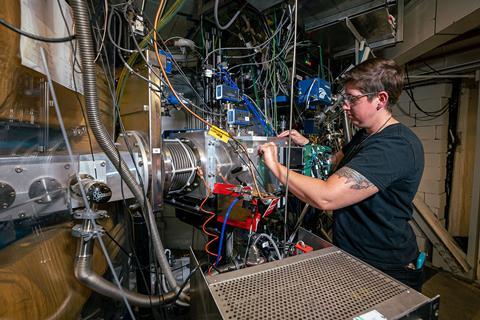
New elements are no longer discovered. They are created by fusion reactions in particle accelerators, accelerating an ion beam of a lighter element into a heavier target, hoping the nuclei fuse together to produce a heavier element. These short-lived, highly radioactive isotopes are too unstable to exist naturally on Earth, and often decay within seconds, meaning specialist detection equipment is required.
Currently, the favoured technique is ‘hot fusion’, where neutron-rich isotopes are accelerated, with the hope that the excess neutrons are discarded from the newly formed nucleus to reduce its excitation energy. The best isotope for this is calcium-48, which has eight extra neutrons than its most common isotope, and was used to create the five heaviest elements currently known. However, to go further would require firing calcium-48 into einsteinium and fermium, which don’t exist in large enough quantities to make a target. Titanium-50 is an alternative option, allowing researchers to use a lighter element as a target, but it is not ideal; it only has six extra neutrons, and is not as atomically stable as calcium-48. Previously, it had never been used to make a superheavy element.
Now, the team at Lawrence Berkeley National Lab’s 88-inch cyclotron have shown a titanium-50 beam works, using it to produce two atoms of livermorium (element 116) by firing into a plutonium target for 22 days. The team’s success was confirmed by the decay chain of livermorium – the predictable degradation of the newly formed nucleus into lighter elements, including the longer-lived element 114, flerovium. The result was presented on Tuesday at the Nuclear Structure 2024 conference.
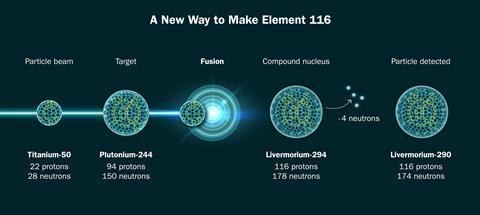
‘We’ve now proven we can do it,’ said lead author Jacklyn Gates, part of a collaboration which also includes scientists in France, Switzerland, Sweden and the UK. ‘We’re hopeful that, now we’ve put in this groundwork, we know how to set everything up. It doesn’t look like it’s bad physics.’ Gates estimates it will be ‘about 10 to 20 times harder to make element 120 than it was element 116’.
The team still has some work to do before an attempt to make a new element can begin. It needs around 45mg of californium-249 to use as a target, which will be produced at Oak Ridge National Laboratory, US. It also needs to upgrade the cyclotron’s target area to handle the additional radioactivity of californium and revise its radiation plan to ensure staff are safe. However, it is hoped the attempt to make a new element could start as early as late 2025.

Berkeley Lab is not the only place attempting to create new elements. Currently, the main rival is Riken in Japan, which is also collaborating with Oak Ridge and hopes to use vanadium ions to create element 119. Should either team succeed, it would still be several years before their work is confirmed and a new element is ratified by the International Union of Pure and Applied Chemistry. This would result in the start of an eighth row of the periodic table, with element 119 likely to belong in group 1, and element 120 in group 2.
References
JM Gates et al, Phys. Rev. Lett., 2024, 133, 172502 (DOI: 10.1103/PhysRevLett.133.172502)



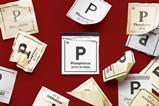
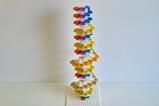
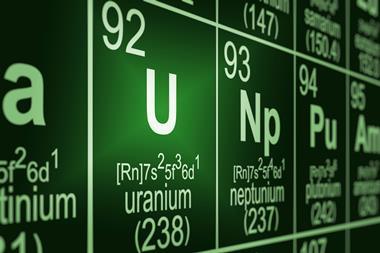
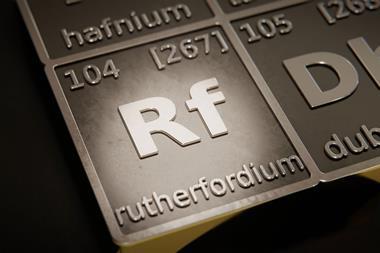
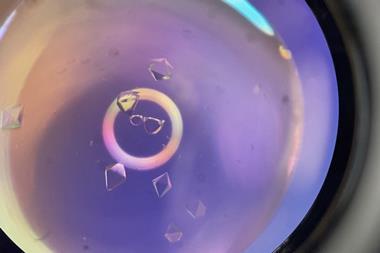


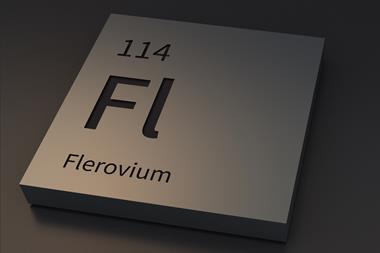






No comments yet